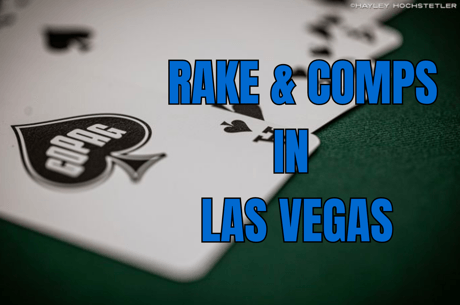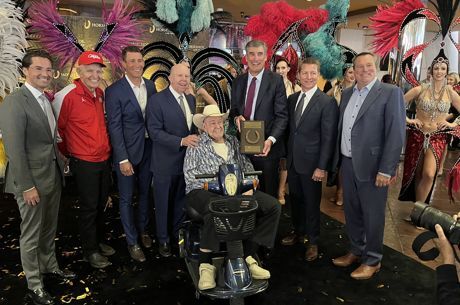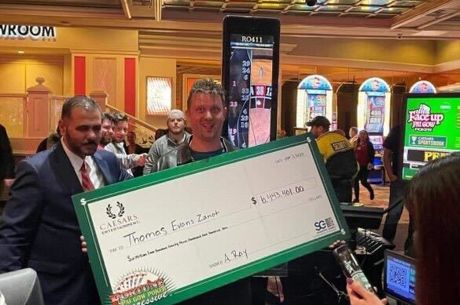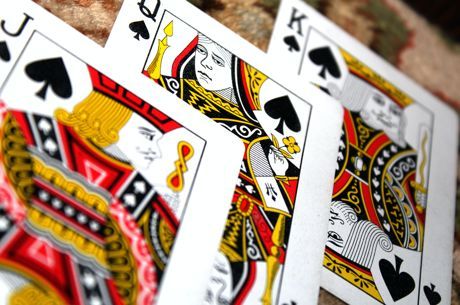World Poker Players Conference - Wrap Up

It seems that Mike Caro has been playing poker since before the dinosaurs stopped roaming the earth - or around the time Doyle Brunson won his first WSOP bracelet. Yet every day, every poker session, every hand brings a new lesson and improvement to his game.
Perpetual learning was the theme of his talk at the Sixth Annual Poker Players Conference at Foxwoods Resort and Casino Saturday. Caro's message was simple: No matter what level a poker player is at, he must continue to learn and study the game if he wants to stay ahead of his opponents.
"I know many pros who achieved greatness at one time and not only do they not continue to learn, but their skills actually decline," said Caro, known as the "Mad Genius of Poker." "When I learned poker we all had to do extensive research to get better. Now with books, seminars, DVDs, it's a lot shorter trip for a studious person to improve his or her game so there's no excuse."
More than 150 players joined Caro, Barry Tanenbaum, Lee Jones, Mark Gregorich and other pros for a full day of studying, talking, debating and breathing poker in the hills of Connecticut. Tanenbaum's lecture, titled "Making One Big Bet Per Hour," was a well-received diagnostic on the order of learning in poker.
"Most pros do not make one big bet per hour, however it is possible at lower, middle and sometimes higher limits if you spent time working on your game," Tanenbaum said. "Everyone eventually learns that you raise with aces and fold 7-2 offsuit. The question is somewhere beyond that what do you do to make one big bet per hour."
Tanenbaum, a successful coach and high-limit player, still studies and asks advice from others in the game. He offered this order of learning to improve your game:
1. Learn to play tight
2. Learn to fold early
3. Incorporate position and strategy into your game
4. Learn to read hands
5. Learn to set and avoiding traps
6. Learn to win without a hand
7. Induce calls and bluffs
8. Learn to play the players
"I coach beginners and pros and the successful ones have one thing in common - they want to learn and improve their games," Tanenbaum said. "There's a reason that people who won several WSOP bracelets years ago will no longer win them again - they have failed to adjust their games and improve."
Lee Jones announced a newly completed theoretical poker process called, "An Equilibrium Heads Up-Strategy for No Limit," developed by James Kittock, of Mission College, California and Jones. The mathematically-based theory uses a "power number" assigned to each card. The number gets added and multiplied to get a "power index" and a ranking.
Depending on the power number, two players heads up in a tournament can easily decide to push or call a push. "There is no maybe in this system - it is proven mathematically and will work," he said. "If you play this strategy, your opponent must play the equivalent strategy, or his EV will go down."
Jones and Kittock will soon publish their findings. Though at first complicated on paper, Jones' explanation had many players eager to test it in their own tournaments.
"I play every Tuesday with the same bunch of guys and I can't wait to show up with this stuff," said Jason Johnson of Hershey, Pennsylvania. "We have some guys who I've played with for years whose game doesn't change. You have to come to these conferences and continue to improve your game otherwise people will pass you by."
Ed Note: Create your own power index at Poker Stars








